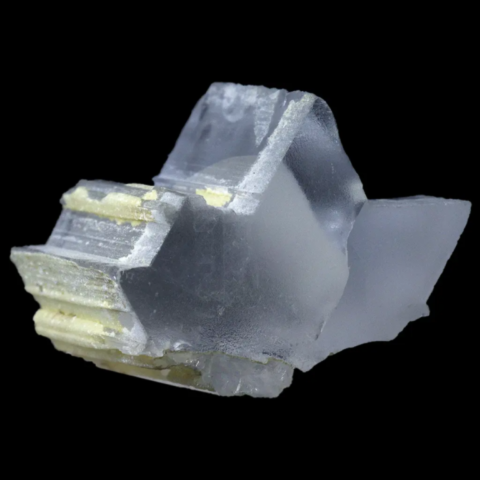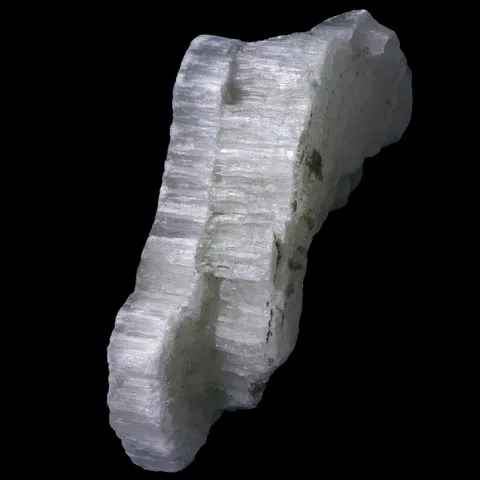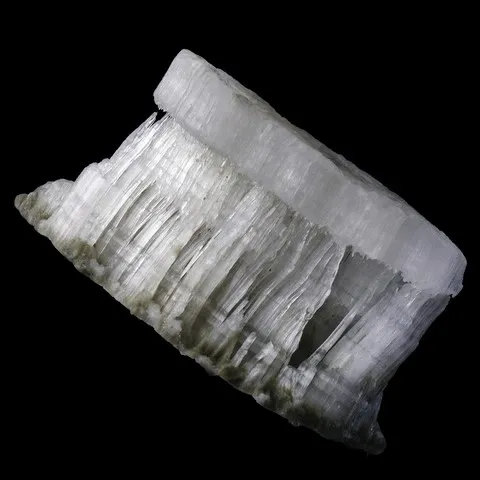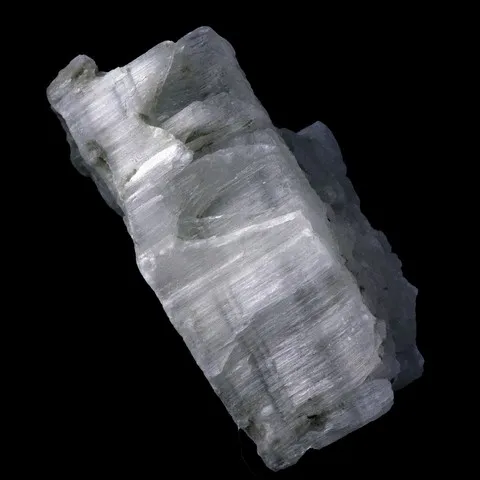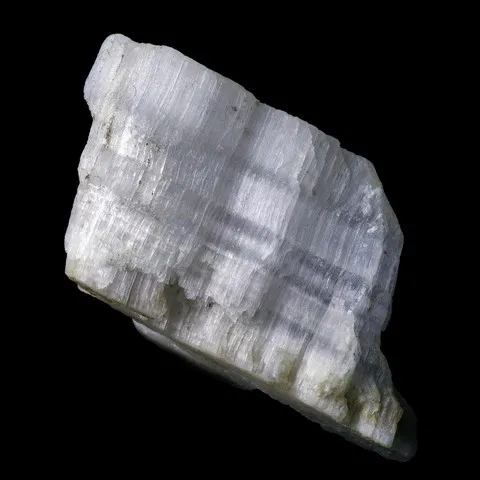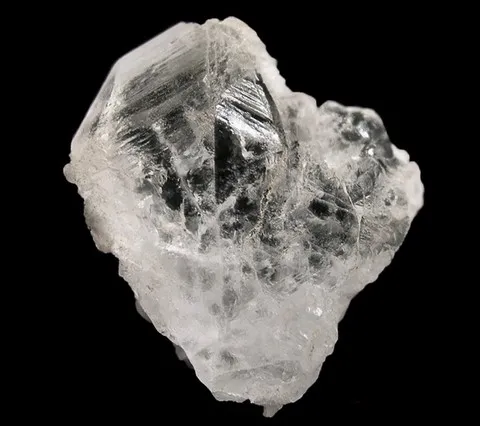BERYLLONITE
Class : Phosphates, arsenates, vanadates
Subclass : Anhydrous phosphates
Crystal System : Monoclinic
Chemistry : NaBePO4
Rarity : Rare
Beryllonite is a secondary phosphate of sodium and beryllium of granitic pegmatites. It accompanies other phosphates (herderite, eosphorite, etc...), as well as beryl, quartz and commonly lepidolite, cassiterite, apatite and columbite. It owes its name to its chemical composition rich in beryllium. It forms crystals of various habitus, frequently tabular and with coarse faces, reaching up to 25 cm, as well as spherical aggregates with fibrous textures. The crystals are commonly twinned, forming pseudohexagonal star buildings. Beryllonite is colorless to white and pale yellow, sometimes greenish or brown. It is a mineral which is very occasionally cut as a gemstone.
Main photo : Beryllonite from Paprok, Nuristan, Afghanistan © Rémi Bornet
Beryllonite in the World
Beryllonite in France
Twinning and special crystallizations
Fakes and treatments
Hardness : 5.5 to 6
Density : 2.77 to 2.85
Fracture : Irregular
Streak : White
TP : Translucent to transparent
IR : 1.552 to 1.561
Birefringence : 0.009
Optical character : Biaxial -
Pleochroism : None
Fluorescence : None
Solubility : Hydrochloric acid
Magnetism : None
Radioactivity : None

